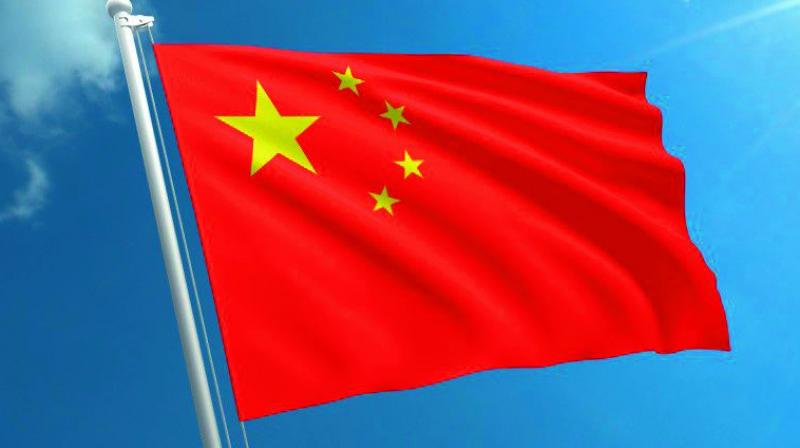Silk road city Horgos fails to impress businessmen

Horgos, Kazakhstan: On the border of China and Kazakhstan, an international free trade zone has become a showpiece of Chinese President Xi Jinping’s “Belt and Road” initiative to boost global trade and commerce by improving infrastructure and connectivity.
Chinese state media are filled with stories about the stunning success of Horgos, the youngest city of China’s new Silk Road.
Last month at China’s Belt and Road Summit promotional videos about Horgos’ booming economy ran on a loop at the press centre. But Chinese business owners and prospective investors who had recently visited the China-Kazakhstan Horgos International Border Cooperation Center, told Reuters they were disappointed by the disconnect between the hype and reality.
Rather than the vibrant 21st century trading post of Beijing’s grand vision, Horgos is instead developing a reputation as China’s very own tax haven.
“We were so unimpressed by what we saw that after looking around for three hours, we turned around and drove eight hours straight back to Urumqi,” said a businessman from the capital of China’s far western region of Xianjiang, who only wanted to give his surname, Ma, due to the sensitivity of the topic.
Several business owners echoed complaints about poor design and low visitor numbers made by Ma, who visited Horgos to investigate the viability of opening a high-end clubhouse.
“You’ve got Kazakh farmers walking around with plastic bags full of cheap Chinese t-shirts and you want me to open a club for government officials and businessmen to meet inside the zone — which, by the way, you can’t drive your car into and doesn’t have any five-star hotels?” Ma said.
On the Chinese side of the border there are five malls selling cheap consumer goods, though traders complain there are not enough visitors. “Sometimes I’ll sit here for a whole day and not make a single sale,” said Ma Yinggui, 56, who has a market stall selling clothes. “Some Kazakhs are rich but most are poor. They come and haggle over a 20 yuan ($2.93) t-shirt.”
More than five years after the 5.3 sq km trade zone opened, much of the Kazakh side remains empty. Only 25 of the 63 projects on the Kazakh side have investors, according to Ravil Budukov, ICBC press secretary on the Kazakh side. About 3-4,000 people enter from Kazakhstan each day and around 10,000 from China, he added.
The Xinjiang and Horgos governments declined to make officials available for comment. Huang Sanping, a senior Xinjiang government official, told Reuters at a news conference in Beijing that he had just returned from a visit to Horgos, a city “performing extremely well. It’s full of vitality and flourishing”.
Beijing has bestowed numerous tax breaks and preferential policies on Horgos hoping to stimulate growth in this strategic border town in Xinjiang, a key link on the new Silk Road between China and Central Asia, where the government says it is battling to defeat Islamist extremism.
According to Horgos’ tax bureau, 2,411 companies registered in Horgos last year, taking advantage of five years of no company tax, and a further five years paying half rate.
At least half those companies are registered in Horgos solely for tax purposes, estimates Meng Shen, Director of Chanson & Co, a boutique investment bank in Beijing.
Chinese celebrities are opting to register production companies in Horgos and an increasing number of financial services and IT companies are also registering there, according to Guan Xuemei from Shenzhou Shunliban, a tax advisory firm that recently opened an office there.
But with no obligation to operate from Horgos or even in Xinjiang, it is unlikely this policy will create jobs or bring money to what has long been an economic backwater, say experts.

